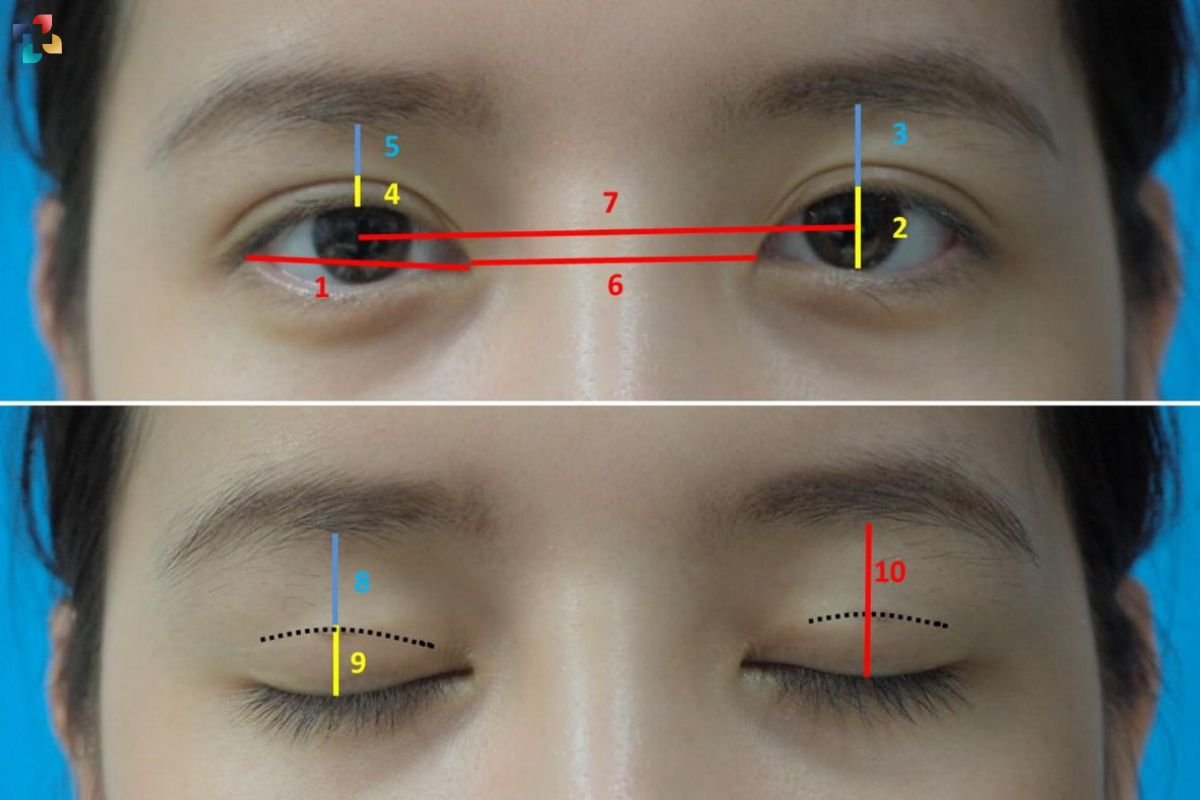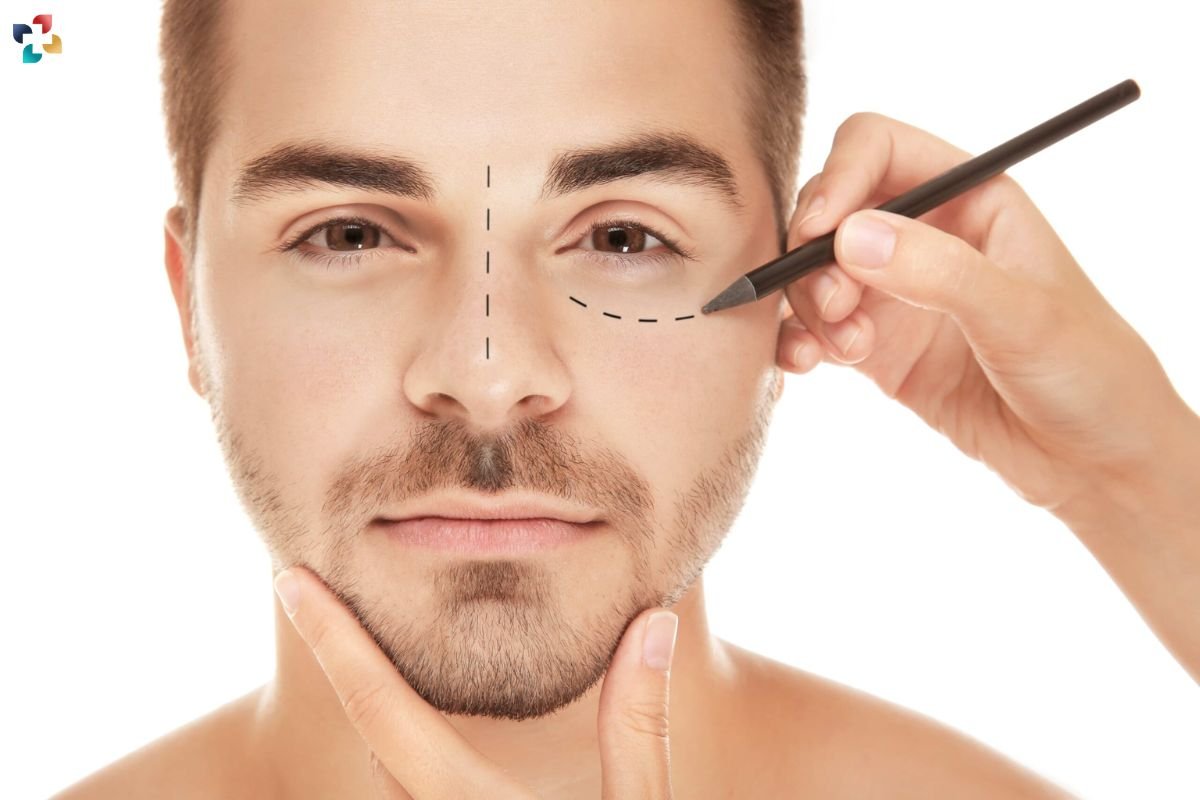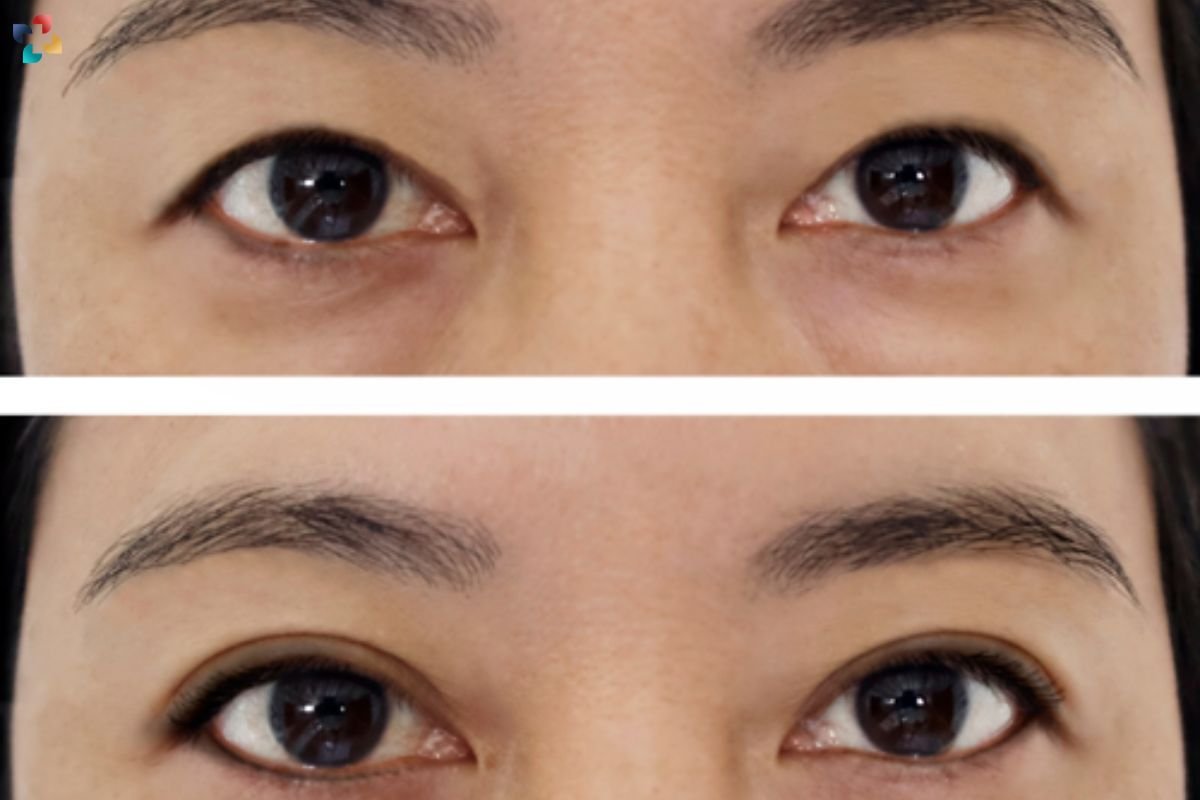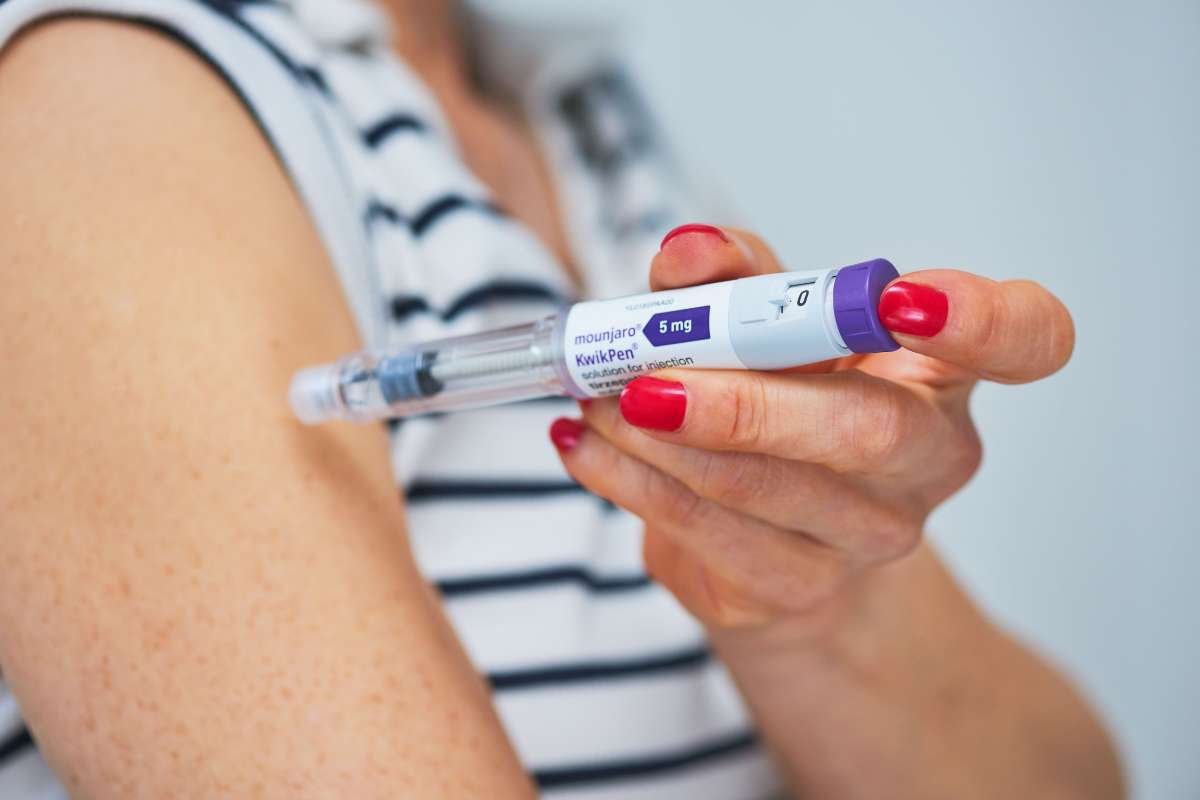Source – race Chua
Double Eyelid Surgery, also known as blepharoplasty, is a popular cosmetic procedure designed to create a crease in the upper eyelid. This surgery is particularly sought after in East Asian countries, where a significant percentage of the population is born with a monolid or a single eyelid. While double eyelid surgery can enhance the appearance and create a more defined eyelid crease, it is essential to understand the procedure, its benefits, potential risks, and what to expect during recovery. This article provides an in-depth look at double eyelid surgery to help you make an informed decision.
What is Double Eyelid Surgery?
Double Eyelid Surgery is a cosmetic procedure that involves creating a visible crease in the upper eyelid. The goal of the surgery is to produce a natural-looking double eyelid, which can enhance the overall appearance of the eyes. There are two primary techniques used in double eyelid surgery: the incisional method and the non-incisional (suture) method. Both methods have their advantages and disadvantages, and the choice of technique depends on the patient’s specific needs and desired outcome.
Incisional Method
The incisional method involves making a small incision along the eyelid, through which excess skin, muscle, and fat are removed or repositioned. This method is often recommended for individuals with thick or excess eyelid skin, as it allows for more precise sculpting of the eyelid crease. The incisional method typically provides long-lasting results, but it also involves a longer recovery time and a higher risk of scarring.
Non-Incisional (Suture) Method
The non-incisional method, also known as the suture method or the buried suture technique, involves creating the eyelid crease by placing sutures through small punctures in the eyelid. This method is less invasive and has a shorter recovery time compared to the incisional method. However, the results may not be as long-lasting, and there is a higher likelihood of the crease loosening or disappearing over time.
Benefits of Double Eyelid Surgery
Double Eyelid Surgery offers several benefits, both cosmetic and functional. Some of the key advantages include:
1. Enhanced Aesthetic Appearance

Double eyelid surgery can create a more defined and symmetrical eyelid crease, enhancing the overall appearance of the eyes. This can make the eyes appear larger, more open, and more alert, contributing to a youthful and attractive look.
2. Improved Eye Makeup Application
A well-defined eyelid crease can make it easier to apply eye makeup, allowing for more versatile and creative makeup looks. Individuals with a double eyelid often find it easier to apply eyeliner, eyeshadow, and mascara.
3. Increased Confidence
Many individuals who undergo double eyelid surgery report increased self-confidence and satisfaction with their appearance. The enhanced aesthetic appeal of the eyes can have a positive impact on overall self-esteem.
4. Functional Improvements
In some cases, double eyelid surgery can improve vision by removing excess skin that may be obstructing the field of view. This can be particularly beneficial for older individuals who experience drooping eyelids due to aging.
Risks and Considerations
Like any surgical procedure, double eyelid surgery carries certain risks and considerations. It is important to be aware of these potential issues before deciding to undergo the procedure:
1. Scarring
Although skilled surgeons aim to minimize scarring, there is always a risk of visible scars, particularly with the incisional method. Scarring can vary depending on individual healing processes and the skill of the surgeon.
2. Asymmetry
There is a possibility of asymmetry in the eyelid creases, where one eyelid may appear different from the other. This can be corrected with a revision surgery, but it is an important consideration for those considering the procedure.
3. Infection and Bleeding
As with any surgical procedure, there is a risk of infection and bleeding. Following the surgeon’s post-operative care instructions can help minimize these risks.
4. Dissatisfaction with Results
While many individuals are satisfied with the outcome of their double eyelid surgery, there is a chance that the results may not meet expectations. It is crucial to have realistic expectations and communicate clearly with the surgeon about desired outcomes.

Preparing for Double Eyelid Surgery
Preparation is a crucial step in ensuring a successful double eyelid surgery. Here are some essential steps to take before undergoing the procedure:
1. Consultation with a Surgeon
The first step is to schedule a consultation with a qualified and experienced plastic surgeon who specializes in double eyelid surgery. During the consultation, the surgeon will assess your eyelids, discuss your goals and expectations, and recommend the most suitable technique for your needs.
2. Medical Evaluation
A thorough medical evaluation is necessary to ensure that you are a suitable candidate for surgery. The surgeon will review your medical history, medications, and any underlying health conditions. It is important to disclose any previous eye surgeries or conditions that may affect the procedure.
3. Pre-Operative Instructions
The surgeon will provide specific pre-operative instructions, which may include avoiding certain medications, supplements, and foods that can increase the risk of bleeding. Smoking and alcohol consumption should also be avoided before the surgery to promote optimal healing.
The Double Eyelid Surgery Procedure
The double eyelid surgery procedure typically takes one to two hours, depending on the technique used and the complexity of the case. Here is an overview of what to expect during the procedure:
1. Anesthesia
Double eyelid surgery is usually performed under local anesthesia with sedation or general anesthesia, depending on the patient’s preference and the surgeon’s recommendation.
2. Marking the Eyelid
The surgeon will carefully mark the incision or suture lines on the eyelid to ensure precision and symmetry. This step is crucial for achieving natural-looking results.

For the incisional method, the surgeon will make an incision along the marked line, remove or reposition excess skin, muscle, and fat, and then suture the incision closed to create the new crease. For the non-incisional method, the surgeon will insert sutures through small punctures in the eyelid to form the crease.
3. Closing the Incisions
If the incisional method is used, the surgeon will close the incisions with fine sutures. These sutures are usually removed after one week. In the case of the non-incisional method, the sutures are typically left in place and are absorbed by the body over time.
4. Recovery and Aftercare
The recovery period after double eyelid surgery varies depending on the technique used and individual healing processes. Here are some general guidelines for post-operative care:
5. Immediate Post-Operative Care
After the surgery, the eyes may be swollen, bruised, and tender. Cold compresses can help reduce swelling and discomfort. It is important to keep the head elevated and avoid strenuous activities for the first few days.
6. Follow-Up Appointments
Follow-up appointments with the surgeon are essential to monitor the healing process and remove any sutures if necessary. The surgeon will provide specific instructions for cleaning the eyelids and applying any prescribed ointments or medications.
7. Avoiding Certain Activities
Patients should avoid rubbing or touching the eyes, wearing contact lenses, and applying eye makeup for at least one to two weeks after surgery. Sunglasses can help protect the eyes from sunlight and wind during the recovery period.
8. Long-Term Care
The final results of double eyelid surgery may take several weeks to become fully apparent as swelling subsides and the eyelids heal. Maintaining a healthy lifestyle and following the surgeon’s recommendations can help ensure long-lasting results.

Understanding Swollen Eyelids: Causes, Symptoms, and Treatment Options
In this comprehensive guide, we will explore everything you need to know about swollen eyelids, from common triggers to effective remedies.
Conclusion
Double Eyelid Surgery is a widely sought-after cosmetic procedure that can enhance the appearance of the eyes and boost self-confidence. By understanding the different techniques, potential benefits, risks, and the recovery process, individuals can make informed decisions about undergoing double eyelid surgery. Consulting with a qualified and experienced plastic surgeon is essential to achieving the desired outcome and ensuring a safe and successful procedure.
Whether you are considering double eyelid surgery for aesthetic reasons or functional improvements, this comprehensive guide provides the essential information needed to navigate the process. As with any surgical procedure, careful consideration, realistic expectations, and professional guidance are key to achieving the best possible results.







